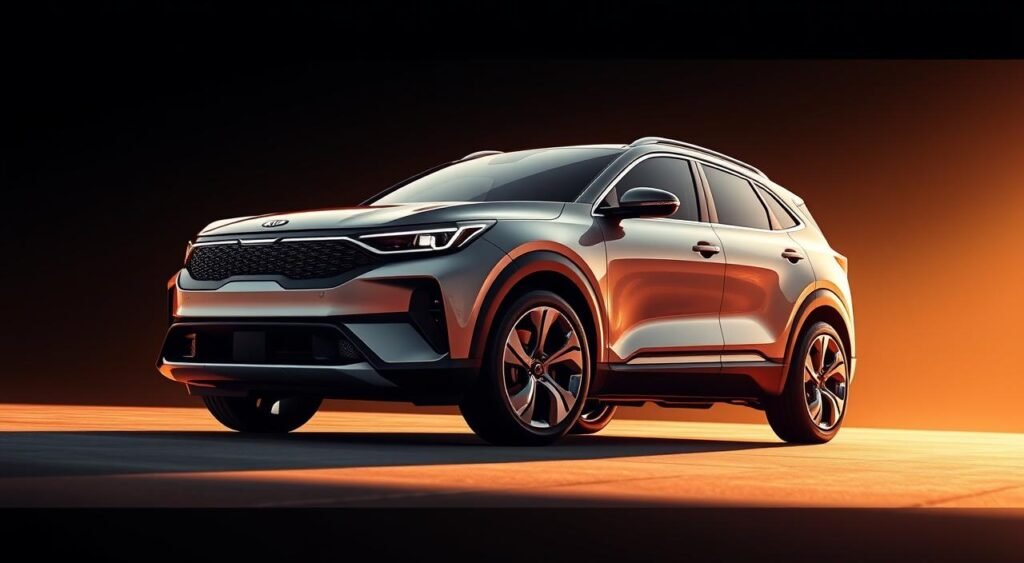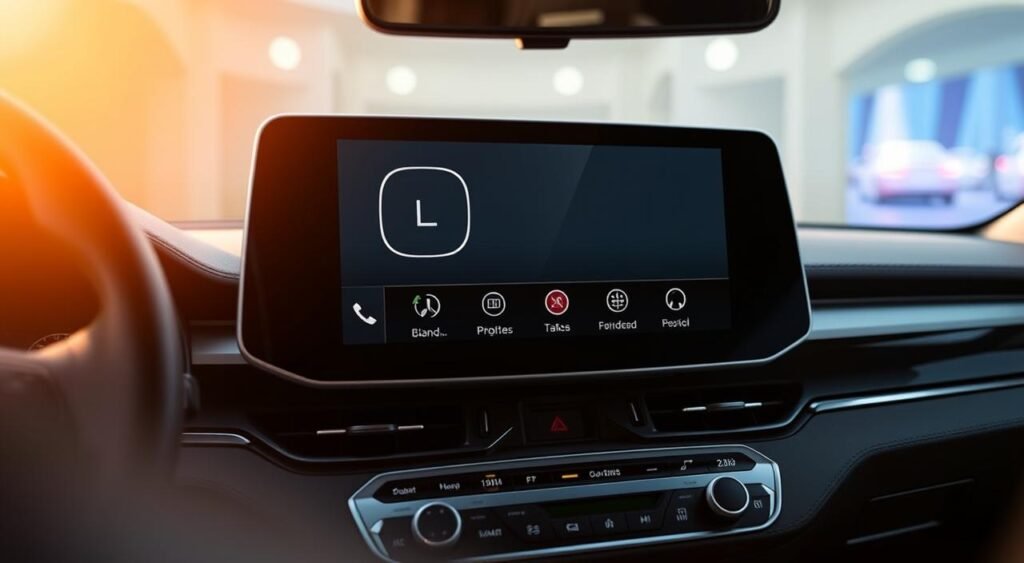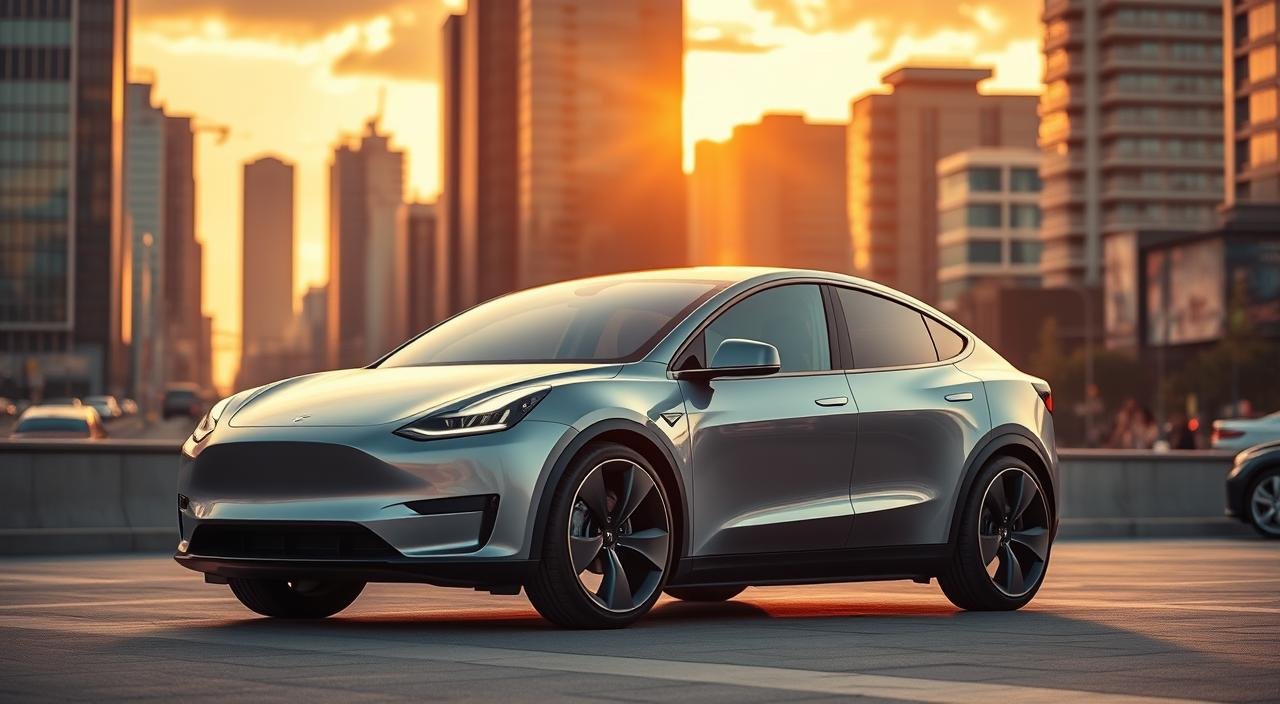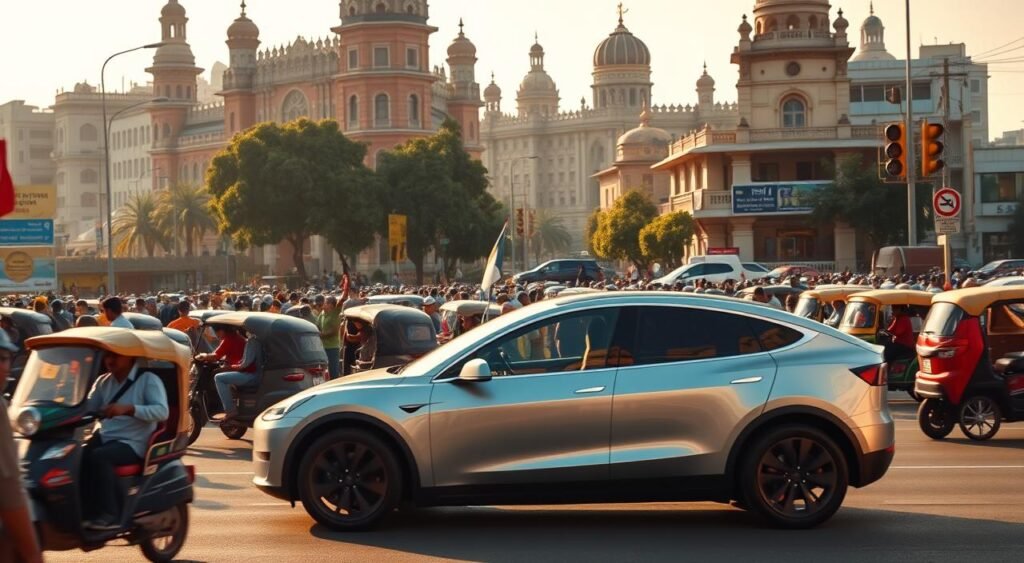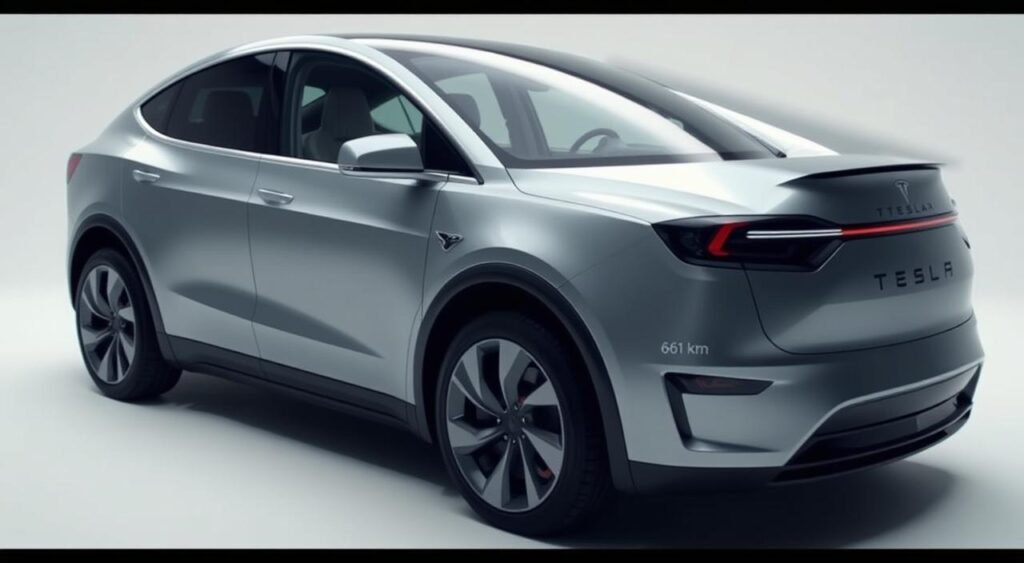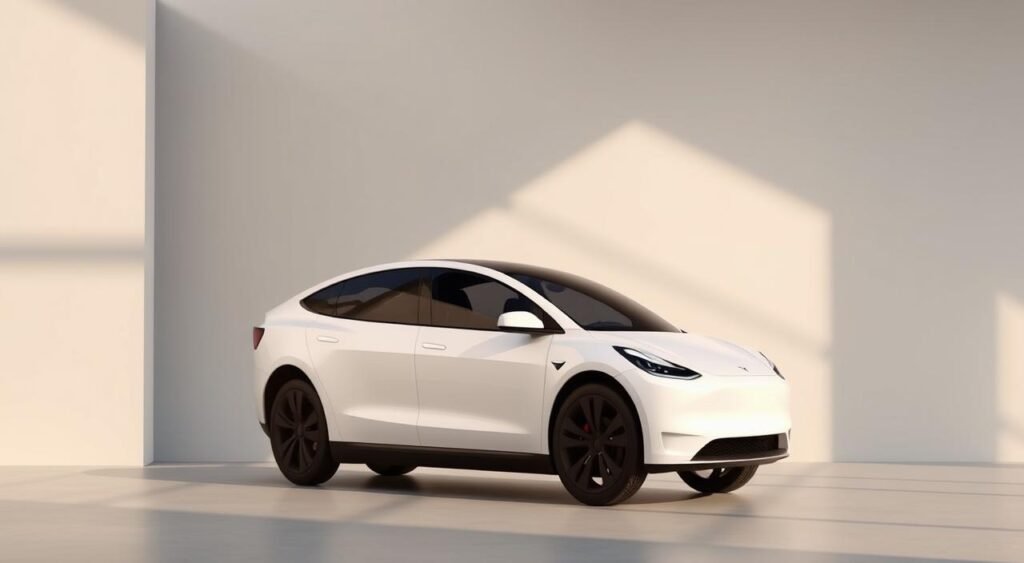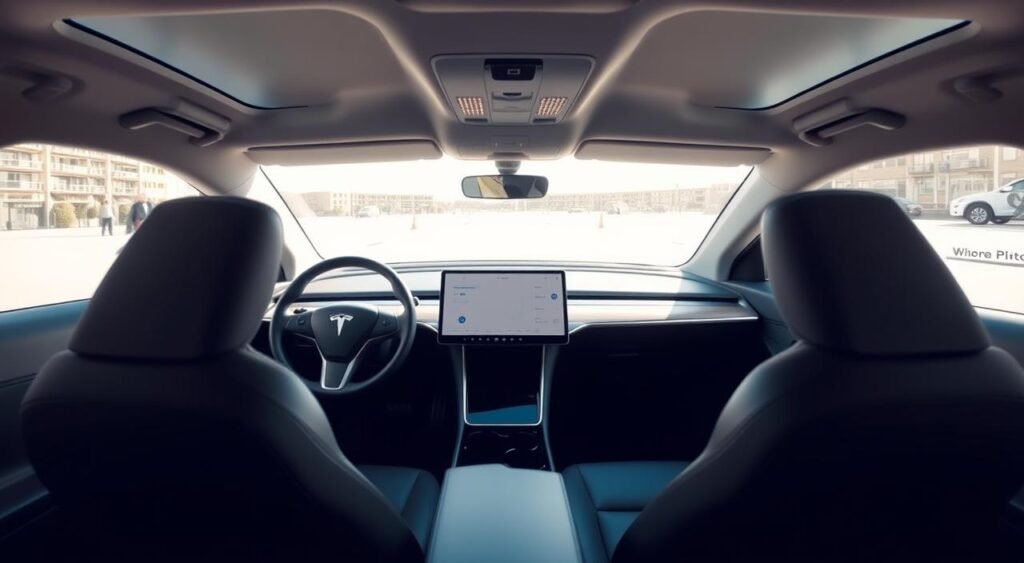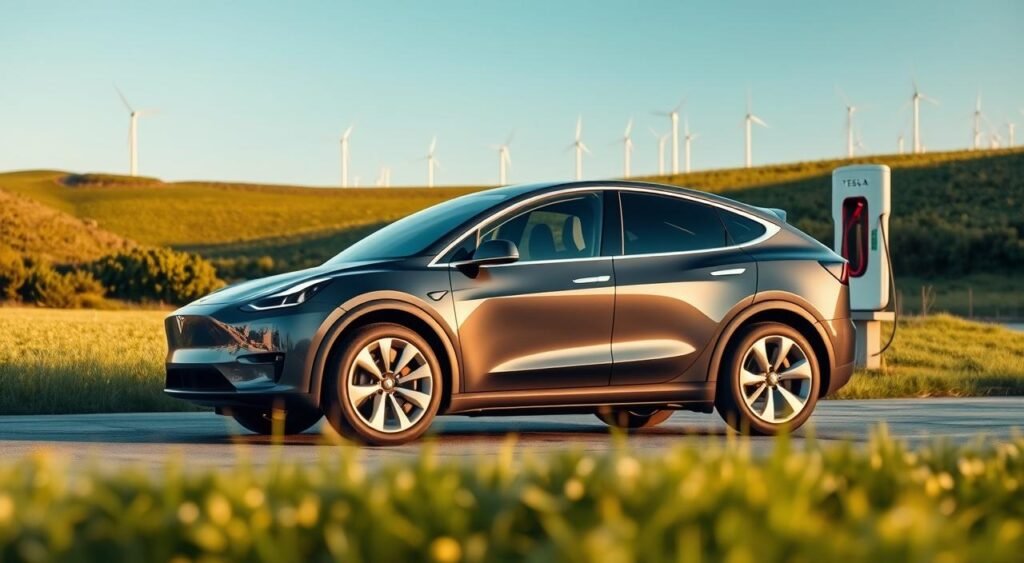Kawasaki sells over 85,000 motorcycles every year in India. The 2026 Kawasaki Versys 1100 is the latest model, launched on October 16, 2025. It comes with a new name and a competitive price, starting at Rs 13.79 lakh ex-showroom.
This motorcycle replaces the Versys 1000, a name known to many riders. Kawasaki’s new model shows their commitment to the Indian market. It’s the only inline-four powered adventure tourer in its price range.
While others offer parallel-twin or V-twin engines, Kawasaki focuses on smooth four-cylinder power. This is for riders who want to enjoy both city rides and long highway trips.
The price of the 2026 Kawasaki Versys 1100 is Rs 10,000 more than the 2025 model. GST 2.0 added Rs 90,000 to the original price of Rs 12.90 lakh. Despite this, the Versys 1100 is seen as a premium yet affordable choice for touring fans.
Key Takeaways
- The Versys 1100 replaces the Versys 1000 nameplate in February 2025
- Starting price set at Rs 13.79 lakh ex-showroom in India
- Only inline-four adventure tourer available in its price segment
- Price increased by Rs 10,000 compared to the 2025 model
- GST 2.0 implementation added Rs 90,000 to the previous pricing
- Designed for both urban commuting and long-distance touring
Overview of the 2026 Kawasaki Versys 1100
The Kawasaki Versys 1100 India launch is a big step forward in adventure touring. It combines top-notch engineering with practical features for long rides. The 2026 model shows Kawasaki’s dedication to power and rider help in India.

Highlights of the New Model
The Versys 1100 2026 India has a 1,099cc engine that makes 135 PS at 9,000 rpm. It also has 112 Nm of torque at 7,600 rpm. It comes with a 6-speed transmission for smooth riding.
- Kerb weight of 257 kg for balanced handling
- Fuel efficiency of 17.85 kmpl
- 21-liter fuel tank for extended touring range
- Enhanced high-rpm power delivery
Unique Features That Stand Out
The Kawasaki Versys 1100 India has cool safety and convenience features. It has dual-channel ABS for better braking. The traction control system adds safety on tough roads.
Riders get cruise control for easy highway rides. There are multiple power modes for different situations. An adjustable windscreen keeps wind off, and a service due indicator helps with maintenance.
Target Audience for the Versys 1100
The Versys 1100 2026 India is for experienced riders who want versatility and power. Long-distance riders will love the comfort and fuel capacity. Daily commuters will enjoy the premium features.
Adventure riders who need a bike for highways and light off-road will also like it.
Price Comparison: 2026 vs Previous Models
The Kawasaki Versys 1100 Price India shows a smart pricing move for the new model. The Versys 1100 2026 Launch hits Indian markets at Rs 13.79 lakh (ex-showroom). This is Rs 10,000 less than the 2025 model’s price of Rs 13.89 lakh. This drop happens even with the GST 2.0, which usually adds around Rs 90,000 to prices in this category.

How the Price Affects Consumer Choices
The Kawasaki Versys 1100 Price India stands out in the adventure touring market. It’s the only inline-four road-biased ADV motorcycle in its class. This makes it a great value against its competitors.
| Motorcycle Model | Price Range (Rs Lakh) | Price Difference from Versys 1100 |
|---|---|---|
| Kawasaki Versys 1100 (2026) | 13.79 | Baseline |
| Kawasaki Z900 | 9.99 | -3.80 lakh |
| Triumph Street Triple 765 | 10.17 – 12.40 | -3.62 to -1.39 lakh |
| Ducati Monster | 12.95 – 15.95 | -0.84 to +2.16 lakh |
| Ducati Hypermotard 950 | 17.11 | +3.32 lakh |
| Ducati Streetfighter V2 | 18.50 – 18.68 | +4.71 to +4.89 lakh |
Optional Add-Ons and Their Costs
The Versys 1100 2026 Launch comes with several premium accessories. Genuine Kawasaki panniers cost about Rs 85,000. The top case adds another Rs 45,000. Quickshifters are available for Rs 25,000, and heated grips for Rs 15,000.
These options let riders tailor their Kawasaki Versys 1100 Price India to fit their touring needs and budget.
Design Changes in the New Versys 1100
The 2026 Kawasaki Versys 1100 Updates bring a bold new look. This adventure tourer stands out with its design. Dual LED headlights cut through darkness, giving it a unique face.
A large fuel tank meets the chunky tail section smoothly. This creates a strong, yet practical profile. It balances bold styling with the needs of long trips.

Ergonomics and Rider Comfort
The Versys 1100 2026 Features focus on rider comfort. The Ergo-Fit system makes adjustments in three key areas:
- Handlebar position for optimal reach and control
- Footpeg placement to accommodate different leg lengths
- Seat height adjustment for confidence at stops
Wide split seats support riders on long journeys. The rider seat is firm, reducing fatigue. The passenger seat is designed for comfort, making it great for two-up tours.
An adjustable windscreen helps reduce wind fatigue. It works well on highways without causing turbulence at cruising speeds.
Visual Aesthetics and Color Options
Kawasaki introduces the Versys in a unique Metallic Matte Graphene Steel Gray/Metallic Diablo Black finish. This colorway is both sophisticated and sporty. It features subtle graphics that highlight the bike’s sporty side without losing its touring appeal.
Green VERSYS lettering adds a touch of brand identity. It keeps the model’s look refined. The paint scheme showcases the bike’s angular bodywork and its readiness for adventure.
Performance Upgrades in the 2026 Version
The 2026 Kawasaki Versys 1100 Launched in India has big improvements. It has a new 1,099cc engine that boosts power and riding feel. You’ll enjoy faster acceleration and smoother power as you ride.
Engine Specifications and Power Output
The Versys 1100 2026 India model has a powerful engine. It makes 135 PS of power and 112 Nm of torque. It can go up to 195 kmph and is fuel-efficient thanks to smart ECU programming.

- Enhanced high-rpm performance for spirited riding
- Strong torque availability across all rev ranges
- Deep intake sound that adds excitement to every ride
- Improved throttle response for city and highway use
Improvements in Suspension and Handling
The 2026 Kawasaki Versys 1100 Launched in India has a top-notch suspension. It has USD forks in the front and a monoshock in the back. You can adjust them for better comfort and performance.
It also has a twin-tube aluminum frame for better handling. The brakes are strong, with big discs in the front and a big disc in the back. It has 17-inch wheels with good tires for stable riding.
Technology Enhancements in the New Model
The 2026 Kawasaki Versys 1100 introduces top-notch tech, setting new benchmarks in adventure touring. These updates make riding smarter and more connected. They justify the Kawasaki Versys 1100 Price India and offer great value to riders.
Advanced Safety Features
Safety is key with Kawasaki TRaction Control (KTRC). It has three modes to stop rear wheel slip when speeding up. The Inertial Measurement Unit (IMU) keeps an eye on the bike’s movements and tweaks systems as needed.

The Kawasaki Cornering Management Function (KCMF) works with the IMU for better cornering ABS and engine braking. The Kawasaki Intelligent anti-lock Brake System (KIBS) stops wheels from locking up when braking hard. Other safety features include:
- Wheelie control system for stable acceleration
- Engine brake control for smooth deceleration
- Assist and slipper clutch reducing rear wheel hop
- Electronic throttle valve for precise power delivery
Connectivity Options and Rider Interface
The semi-digital instrument console shows key info clearly. Riders can see speed, RPM, fuel level, and gear position easily. The economical riding indicator helps save fuel on long trips.
Bluetooth lets riders connect their phones for calls and music. A USB Type-C charging port keeps devices charged. The cruise control system keeps speeds steady on highways, making long rides less tiring.
Market Positioning of the Versys 1100
The Versys 1100 2026 launch puts Kawasaki’s adventure tourer in a key spot. It offers great value and performance. This bike stands out in the premium adventure touring market with its inline-four engine.
Competitors in the Adventure Bike Segment
Other big names in the adventure touring world include the Harley-Davidson Pan America 1250, Ducati Multistrada V4, and BMW M1000 XR. Each has its own strengths. The Pan America has 150 horsepower, the Multistrada V4 is known for its Italian style and tech, and the M1000 XR is all about German engineering.
The Versys 1100’s new price makes it a great value. It has 135 PS and weighs 257 kg, giving it a strong power-to-weight ratio. It also gets 17.85 kmpl, and its 21-liter tank is perfect for long trips.
Sales Projections and Expectations
Experts think the Versys 1100 2026 will do well in India’s adventure bike market. Its new name appeals to young riders who want a bike for city rides and long trips. Dealers say the new price is attracting buyers who wanted more from mid-range bikes.
Customer Reactions and Reviews
The Kawasaki Versys 1100 India launch has sparked a lot of excitement among motorcycle fans. People are loving the bike’s ability to handle both city streets and highways. It’s perfect for all kinds of rides.
What Early Adopters Are Saying
Those who bought the Versys 1100 2026 Features package are very happy. They love how the inline-four engine provides smooth power. They also enjoy the bike’s comfort and advanced tech.
- Effortless acceleration from low to high speeds
- Distinctive engine note that enhances riding pleasure
- Comfortable ergonomics for long-distance touring
- Advanced electronics package matching premium competitors
The Rs 10,000 price hike over the 2025 model is barely mentioned. People think it’s worth it for the new features and better performance.
Expert Opinions on the New Model
Industry experts see the Kawasaki Versys 1100 India as the only inline-four option in its class. This makes it stand out from bikes with twin cylinders.
| Expert Assessment | Rating | Key Observations |
|---|---|---|
| Engine Performance | 9/10 | Superior high-rpm power delivery |
| Electronics Package | 8.5/10 | Comprehensive aids rival premium bikes |
| Value Proposition | 8/10 | Competitive pricing for features offered |
Experts say the Versys 1100 2026 Features shines in high-speed stability and cornering. They also love the improved suspension for a mix of comfort and sportiness.
Test Ride Experiences
The 2026 Kawasaki Versys 1100 is a powerhouse on the road. It offers a mix of power, comfort, and control. This adventure tourer is now available for test rides in India, giving buyers a chance to see its capabilities.
What to Expect on a Test Ride
The 2026 Kawasaki Versys 1100 accelerates smoothly from start to top speed. Its engine is strong, making it easy to pass other cars on the highway. The bike’s stability system and traction control help when cornering.
On long rides, the electronic cruise control keeps the speed steady. The adjustable windscreen keeps wind off, and you can customize the bike to fit you. These updates make long trips more comfortable than before.
Key Metrics to Consider
Test riders should look at a few key numbers:
- Power delivery: 135 PS at 9,000 rpm for quick acceleration
- Torque response: 112 Nm at 7,600 rpm for smooth power
- Handling dynamics: 257 kg kerb weight for easy maneuvering
- Fuel efficiency: 17.85 kmpl for longer rides without refueling
The suspension deals with rough roads well, keeping the bike stable. The electronic features add safety without getting in the way of fun riding.
Conclusion: Is the 2026 Kawasaki Versys 1100 Worth It?
The Versys 1100 2026 India launch is priced at Rs 13.79 lakh. This makes it the only inline-four adventure bike in its class. It offers a mix of touring comfort and exciting performance.
Kawasaki aims to compete with European rivals while keeping its own unique style.
Final Thoughts on Value for Money
The Versys 1100 2026 is worth its price in the adventure touring market. It comes with advanced electronics like IMU-based traction control and cornering ABS. It also has good fuel economy at 17.85 kmpl and a large fuel tank for long trips.
The inline-four engine provides smooth power, differentiating it from twin-cylinder bikes.
Recommendations for Future Buyers
This bike is perfect for those who want adventure touring without needing extreme off-road skills. The Versys 1100 2026 India model is ideal for those who prefer the power of an inline-four engine over twin-cylinder bikes.
Long-distance riders will love its comfort and performance. City riders will find it easy to handle for daily commutes but also great for weekend adventures. The slight price increase keeps it competitive with BMW and Triumph bikes in the market.
FAQ
What is the price of the 2026 Kawasaki Versys 1100 in India?
The 2026 Kawasaki Versys 1100 costs Rs 13.79 lakh ex-showroom in India. This is a Rs 10,000 hike from the 2025 model. The GST 2.0 hike added about Rs 90,000 to the base price of Rs 12.90 lakh.
When was the Kawasaki Versys 1100 launched in India?
Kawasaki launched the MY26 Versys 1100 in India on October 16, 2025. It replaced the Versys 1000 in February 2025, marking a big update.
What are the key specifications of the Versys 1100 2026 India model?
The bike has a 1,099cc engine that makes 135 PS at 9,000 rpm and 112 Nm torque at 7,600 rpm. It weighs 257 kg and gets 17.85 kmpl mileage. It also has a 21-liter fuel tank.
What are the main features of the Versys 1100 2026?
The Versys 1100 2026 comes with dual-channel ABS, DRLs, and traction control with three modes. It also has cruise control, multiple power modes, and an adjustable windscreen. Other features include an LED tail light, analog speedometer, Bluetooth connectivity, and a USB Type-C charging port.
How does the Kawasaki Versys 1100 compare to its competitors?
The Versys 1100 stands out as the only inline-four, road-biased adventure tourer in its price range. It faces competition from the Ducati Monster, Ducati Streetfighter V2, and Triumph Speed Triple 1200. It offers better value than many European rivals.
What safety features does the Versys 1100 2026 offer?
The bike features Kawasaki TRaction Control (KTRC) with three modes. It also has IMU-controlled cornering ABS, Kawasaki Cornering Management Function (KCMF), and Kawasaki Intelligent anti-lock Brake System (KIBS). It includes wheelie control and engine brake control for safety.
What color options are available for the Kawasaki Versys 1100 India?
The 2026 model comes in a single dual-tone colorway. It’s Metallic Matte Graphene Steel Gray/Metallic Diablo Black with subtle graphics and green VERSYS lettering. This enhances its sporty look.
What is the fuel efficiency and range of the Versys 1100?
The Versys 1100 gets 17.85 kmpl fuel efficiency. It has a 21-liter fuel tank, making it great for long rides on both city and highway.
Does the Versys 1100 2026 have connectivity features?
Yes, it has Bluetooth integration for smartphone connectivity and a USB Type-C charging port. It also has a semi-digital instrument console that shows speed, RPM, fuel level, and more.
What are the Versys 1100 2026 updates compared to the previous model?
The 2026 updates include better high-rpm power and improved cruising. It also has smooth acceleration and keeps all premium features, despite a minor price increase.








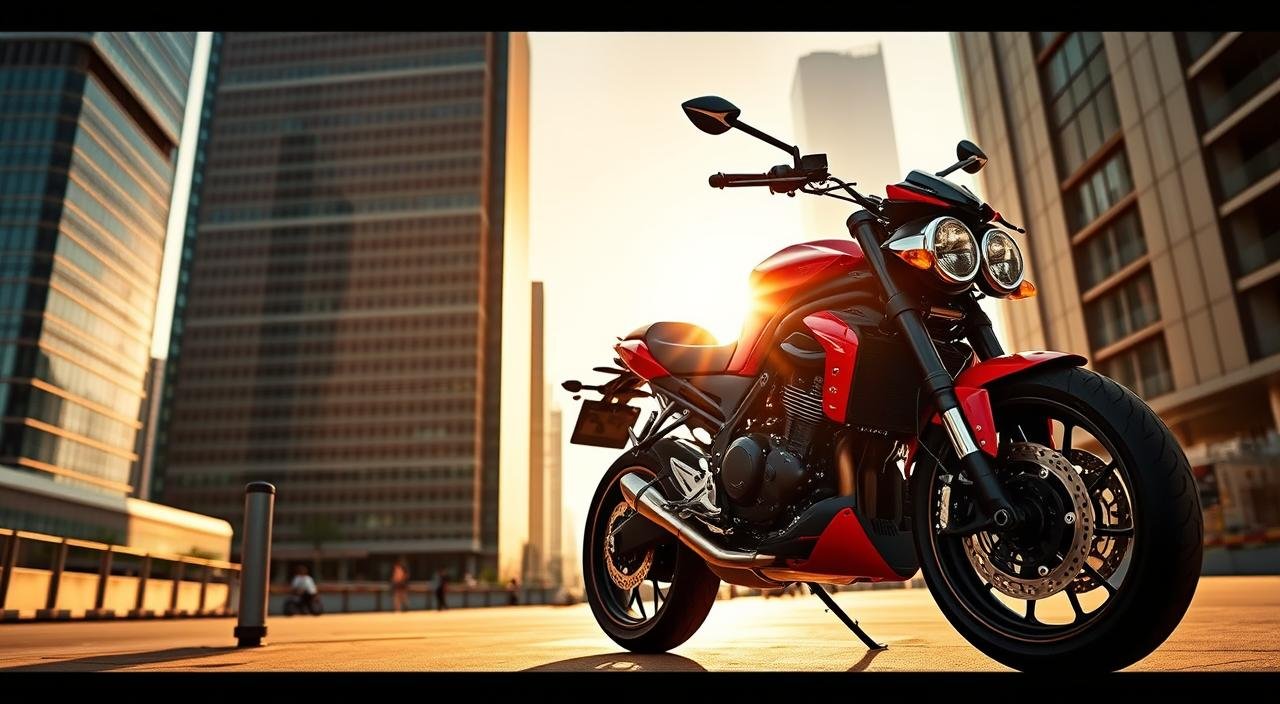
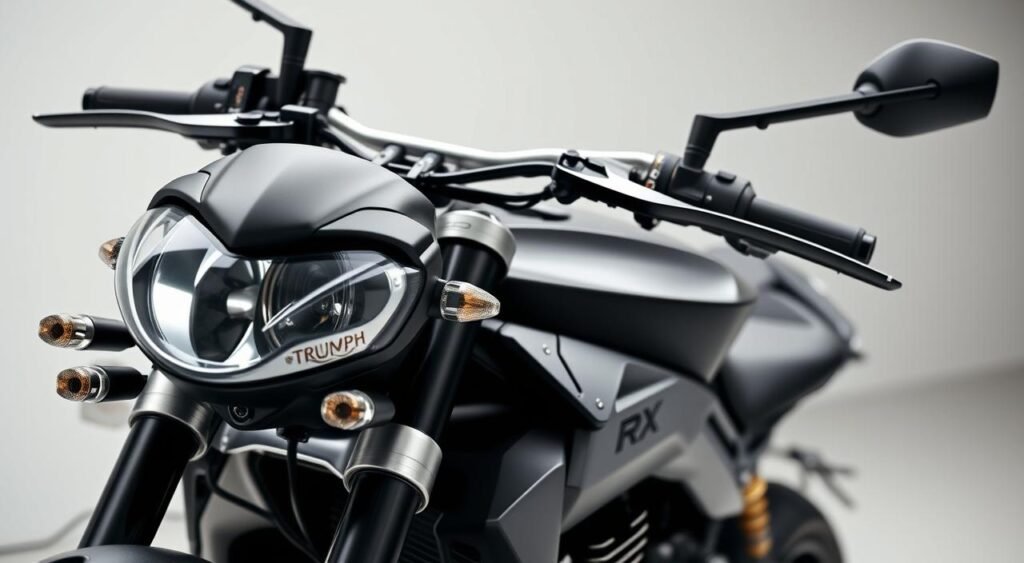
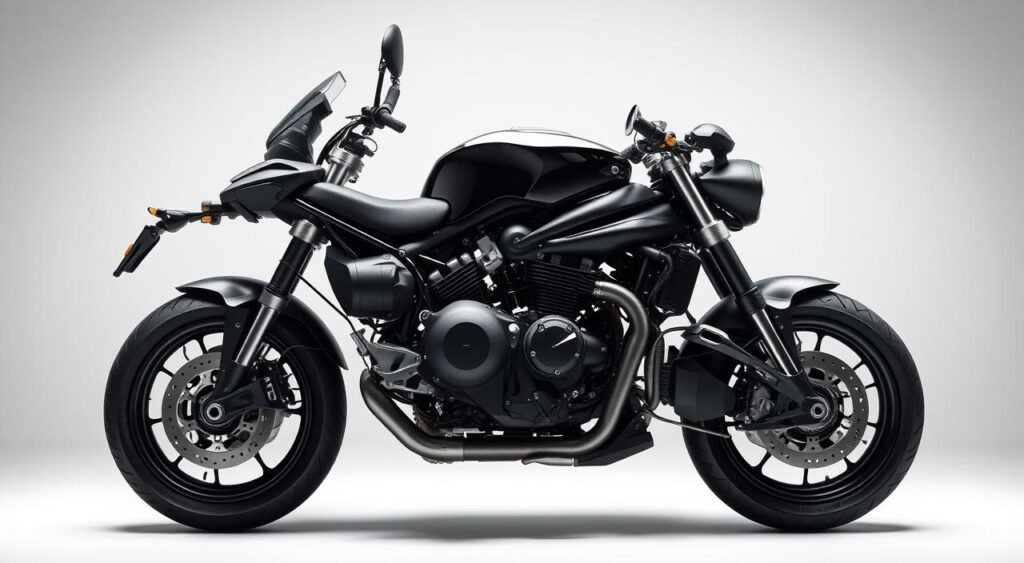
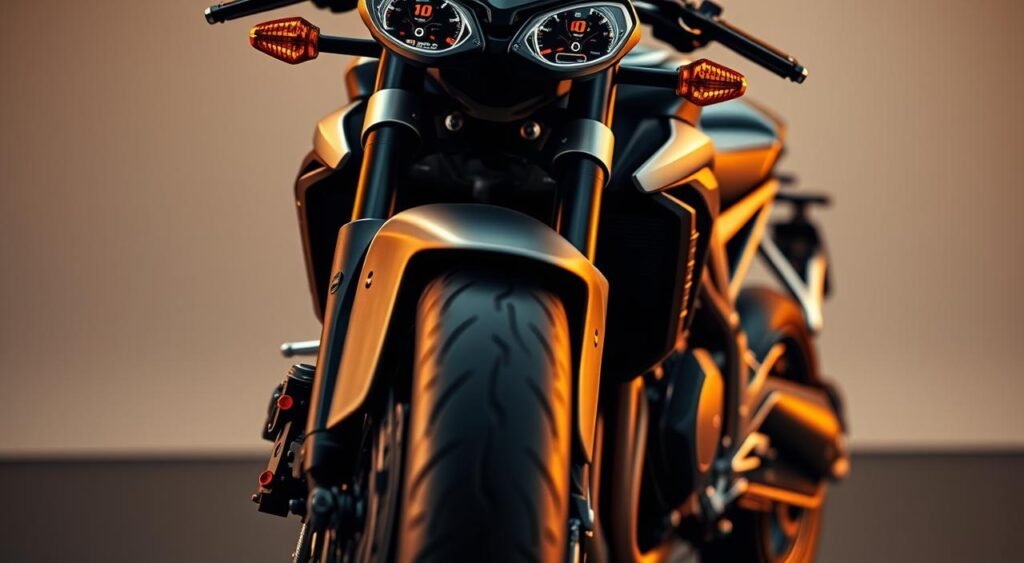

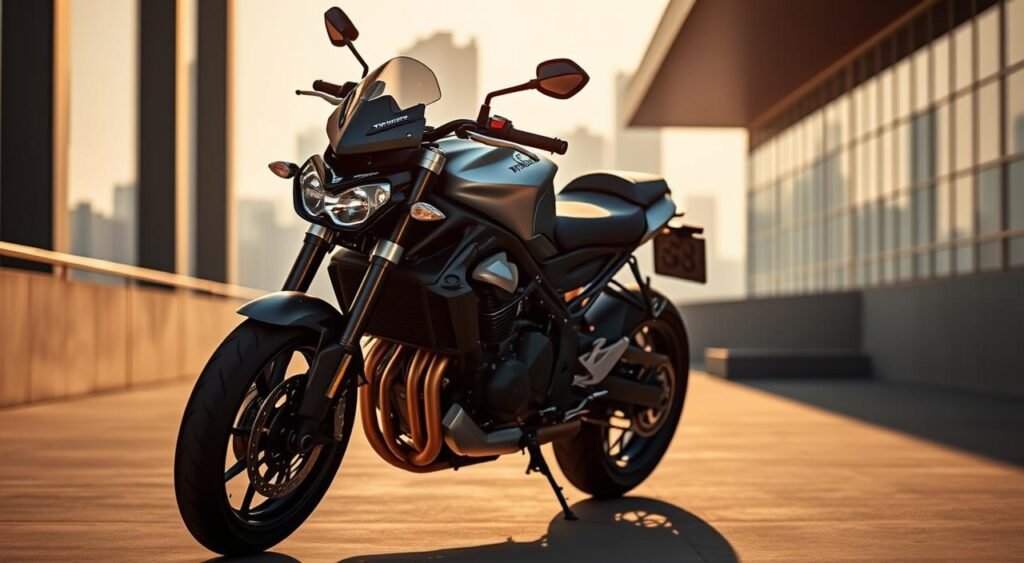
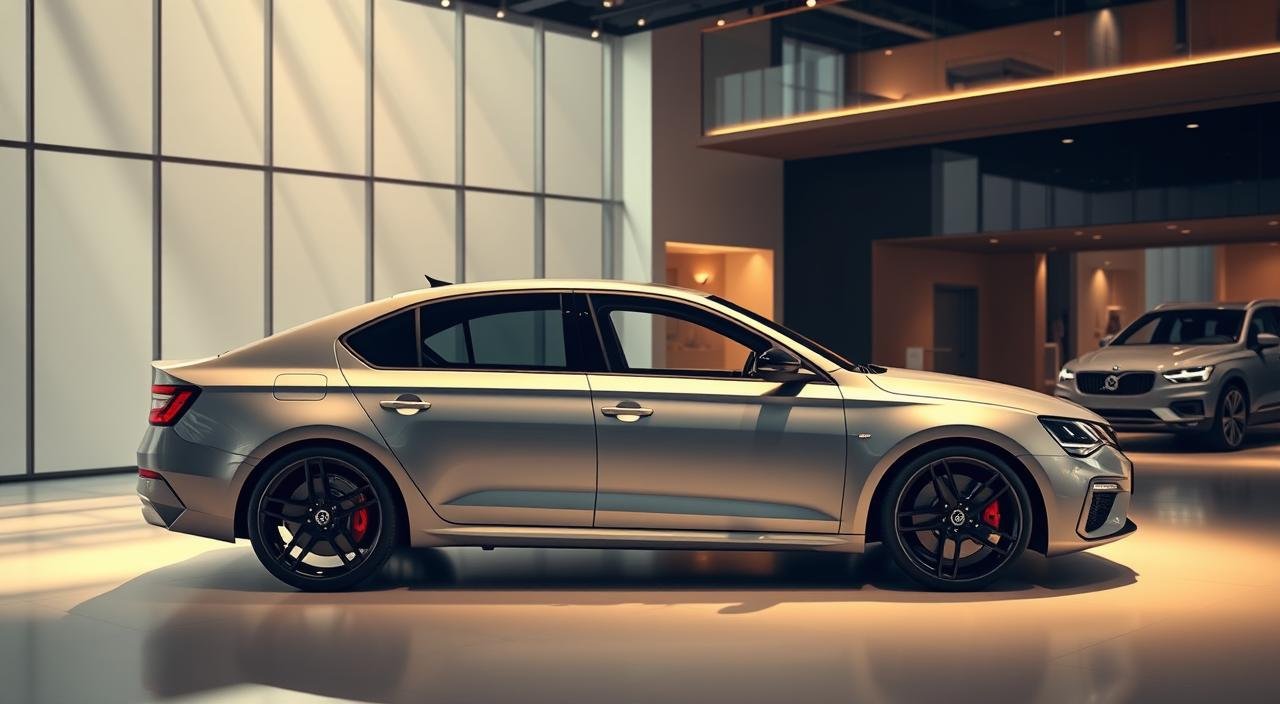
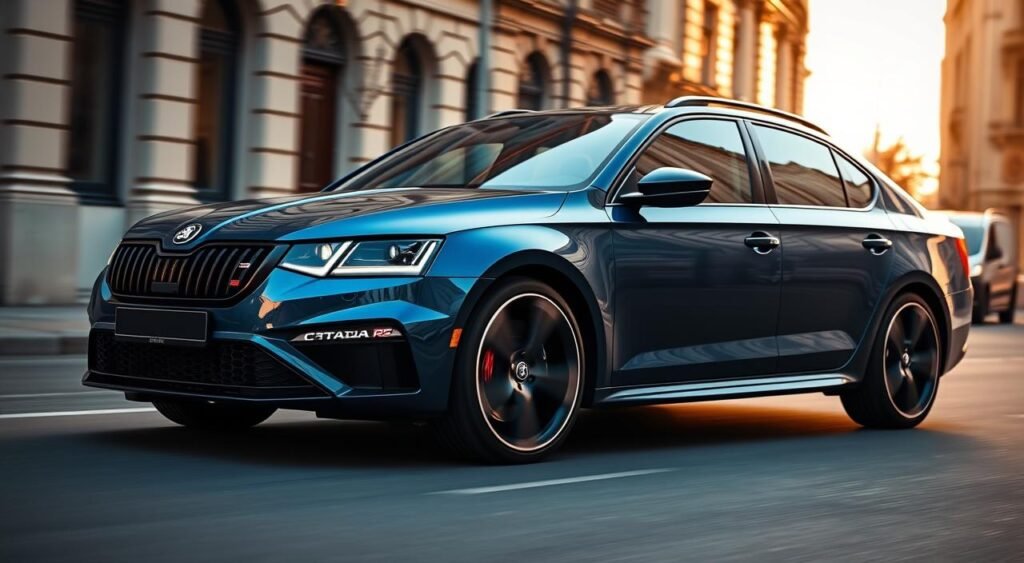
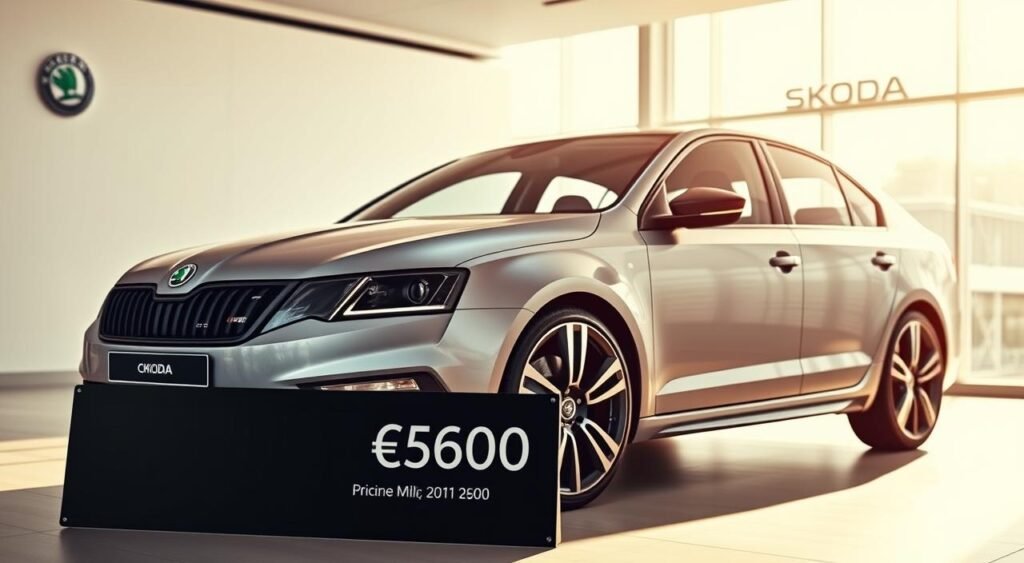
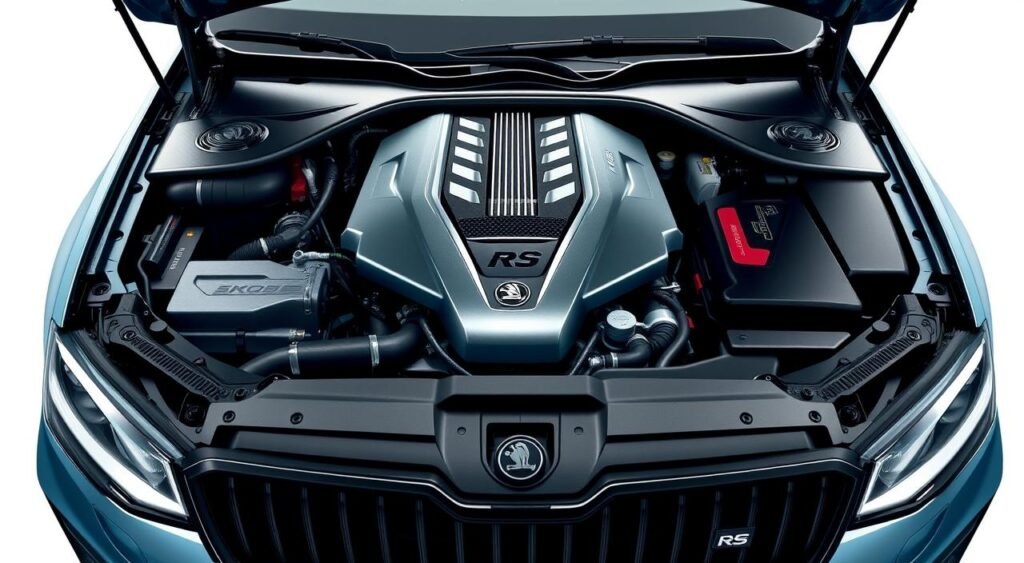
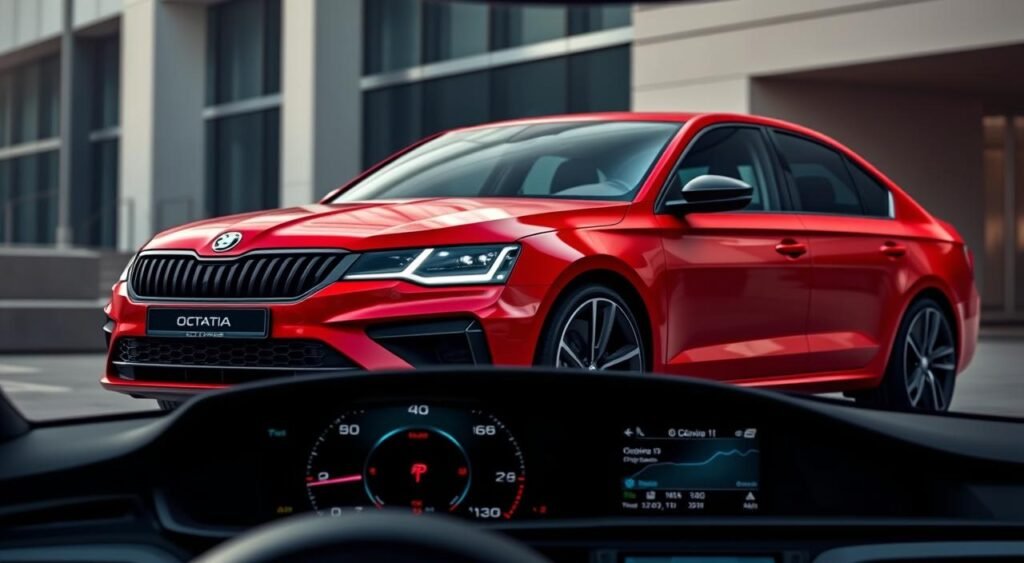
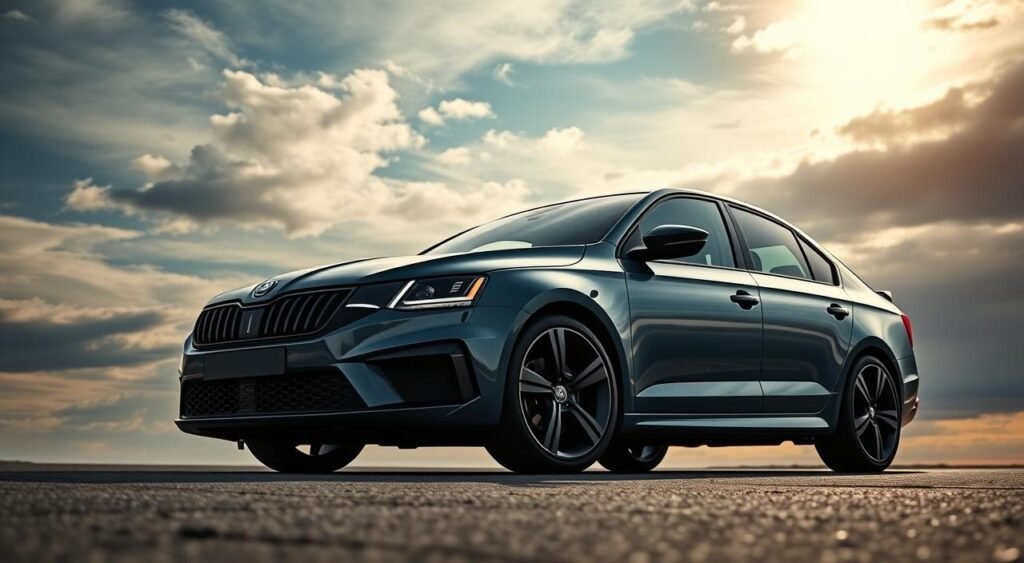
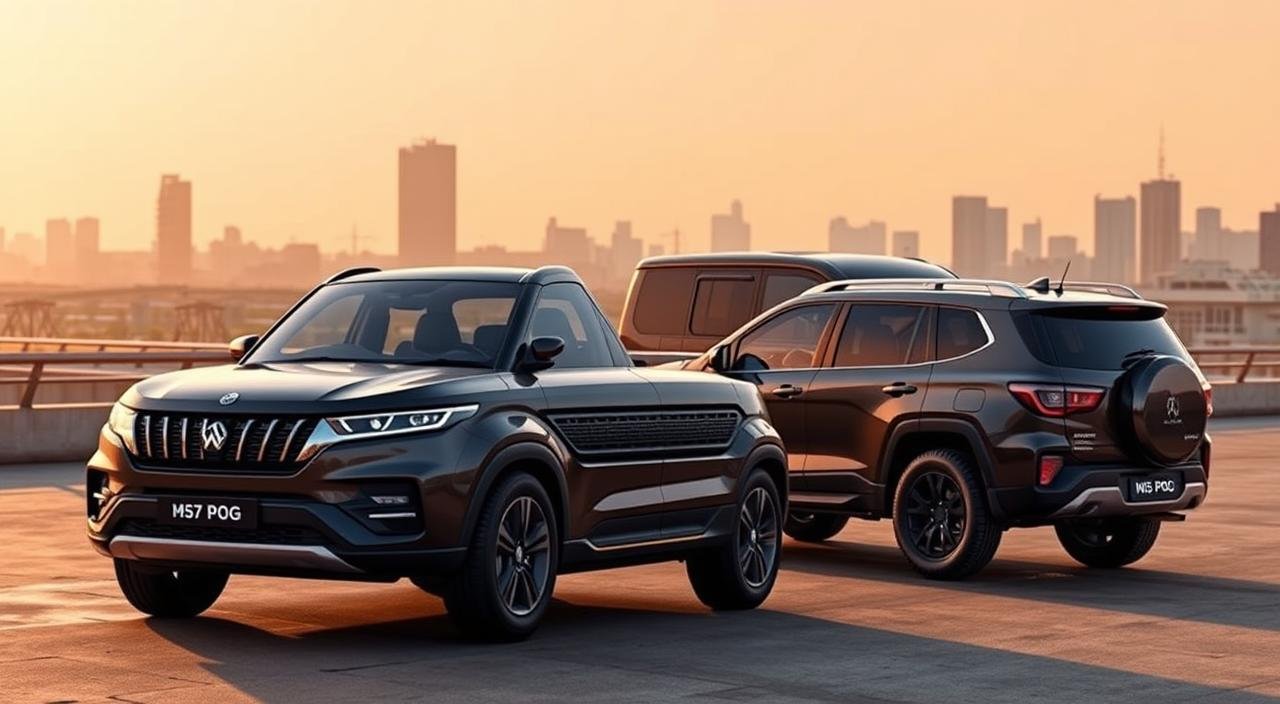
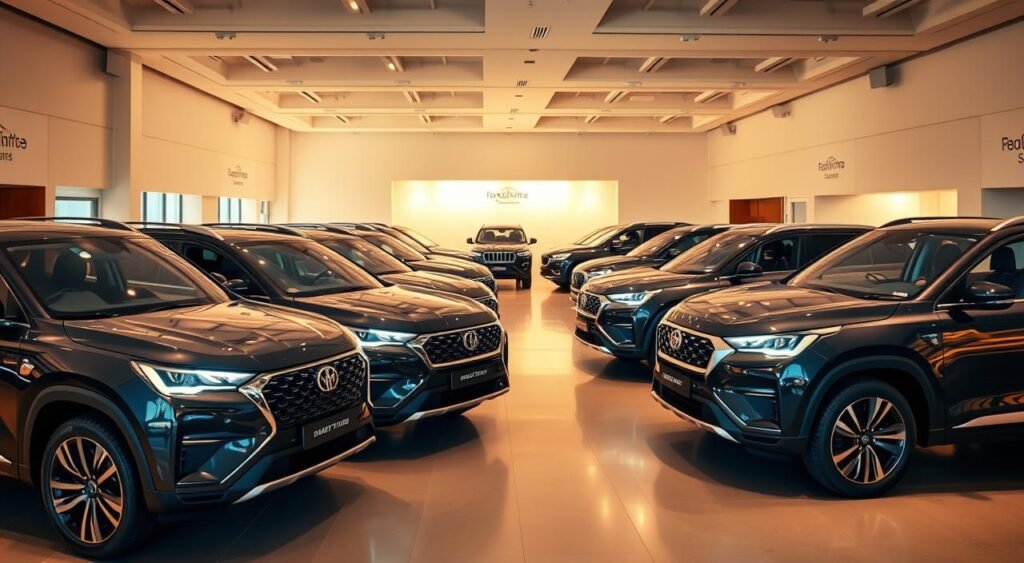
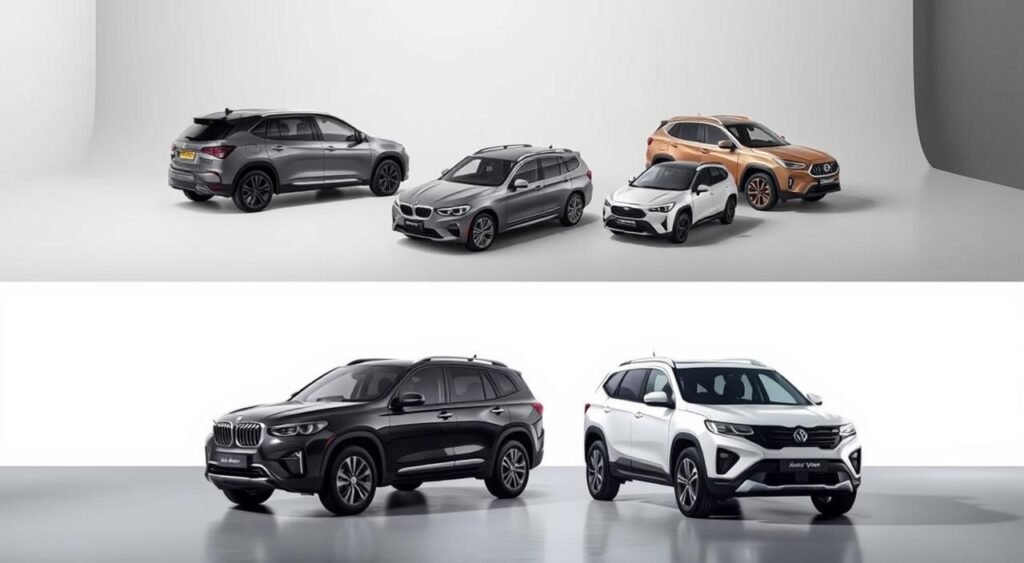

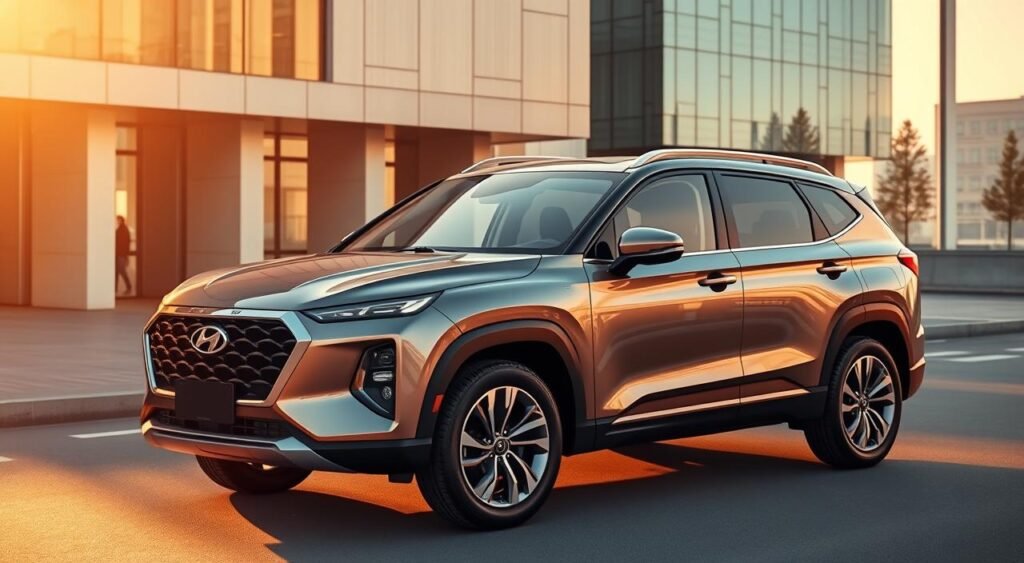
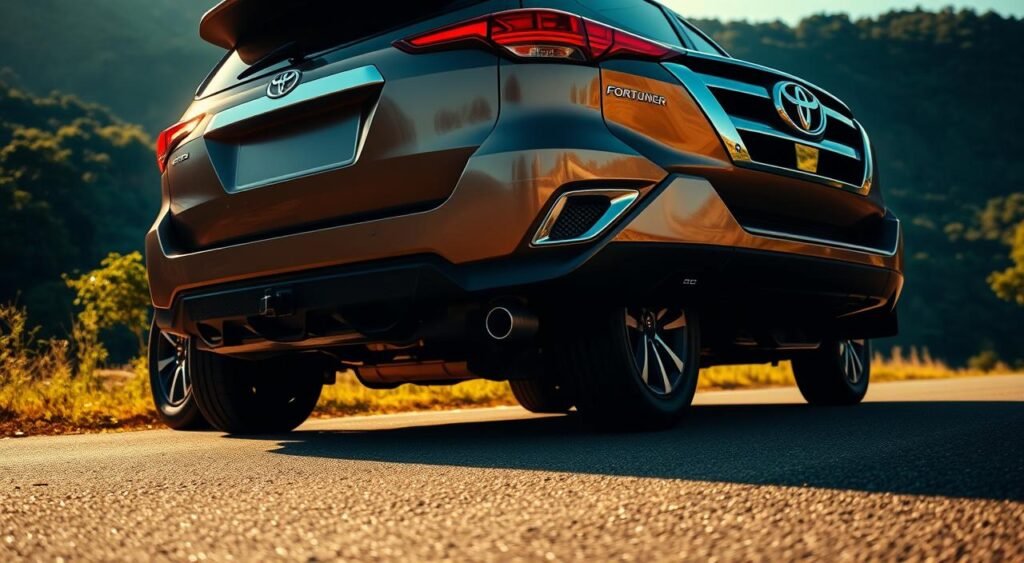
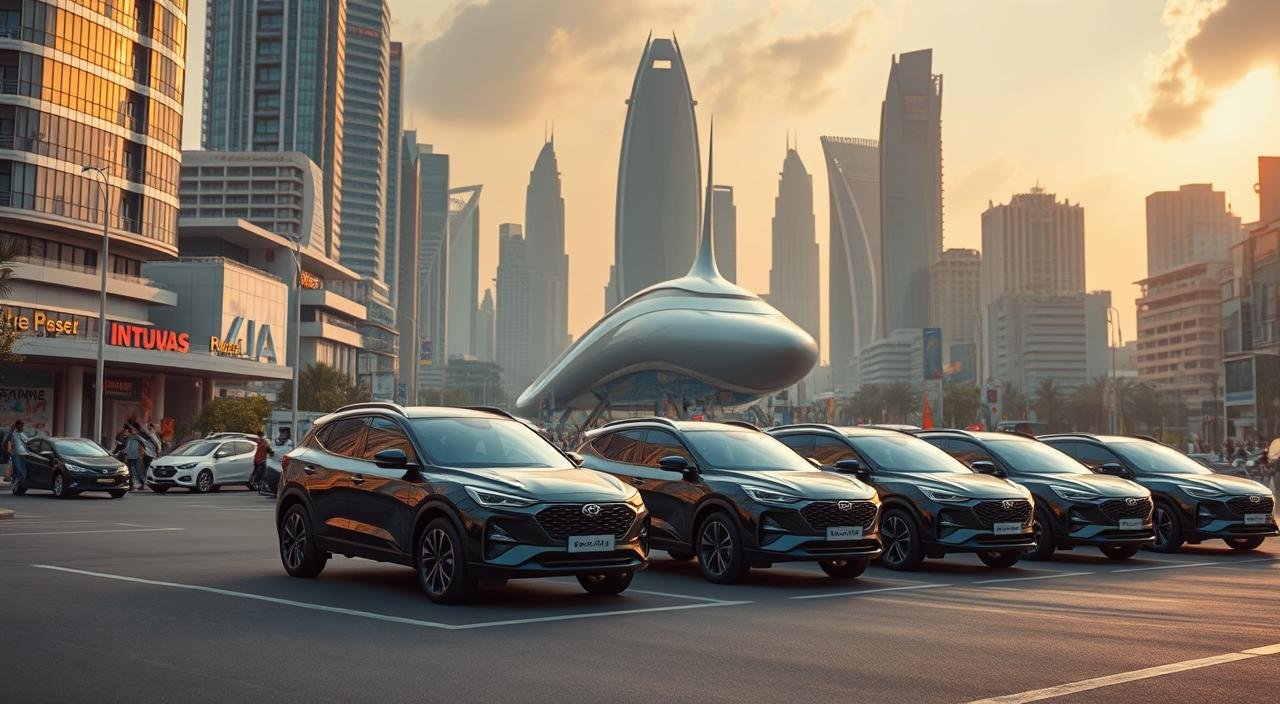


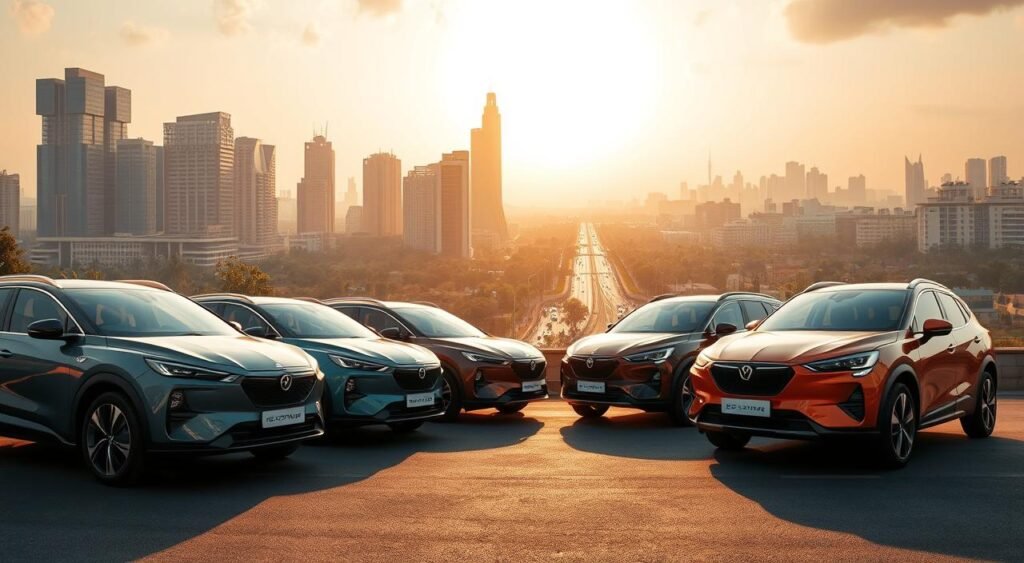
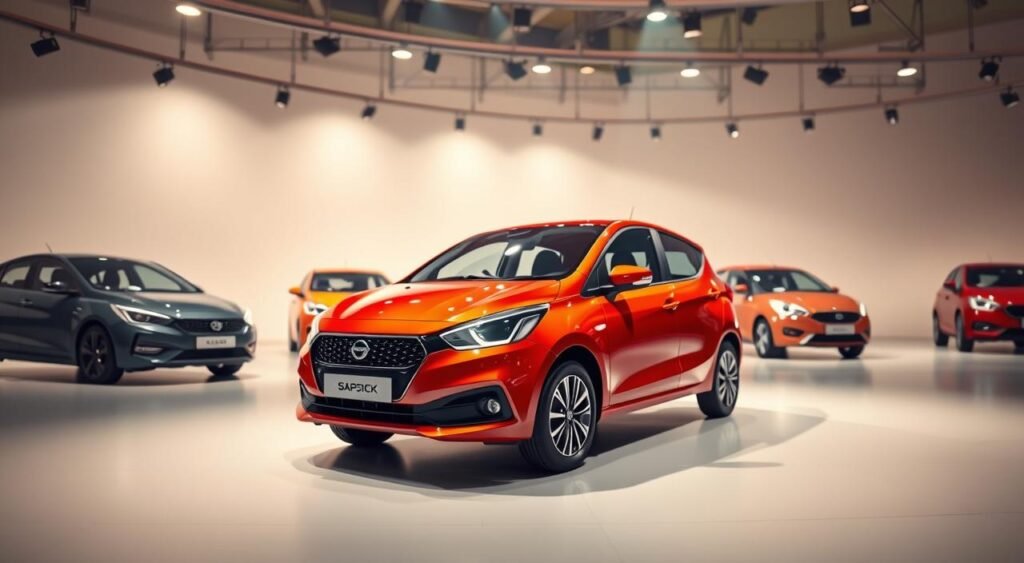
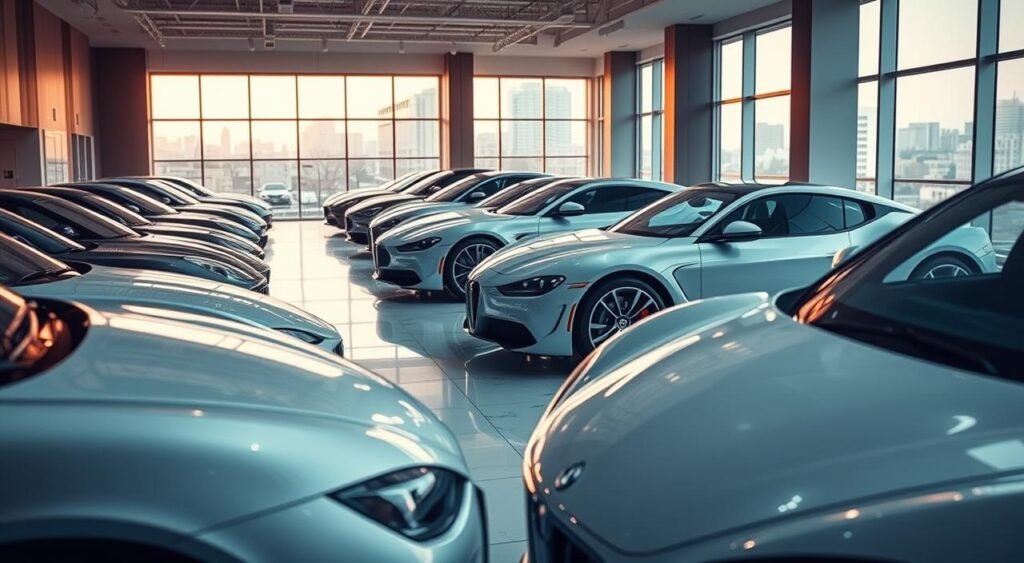
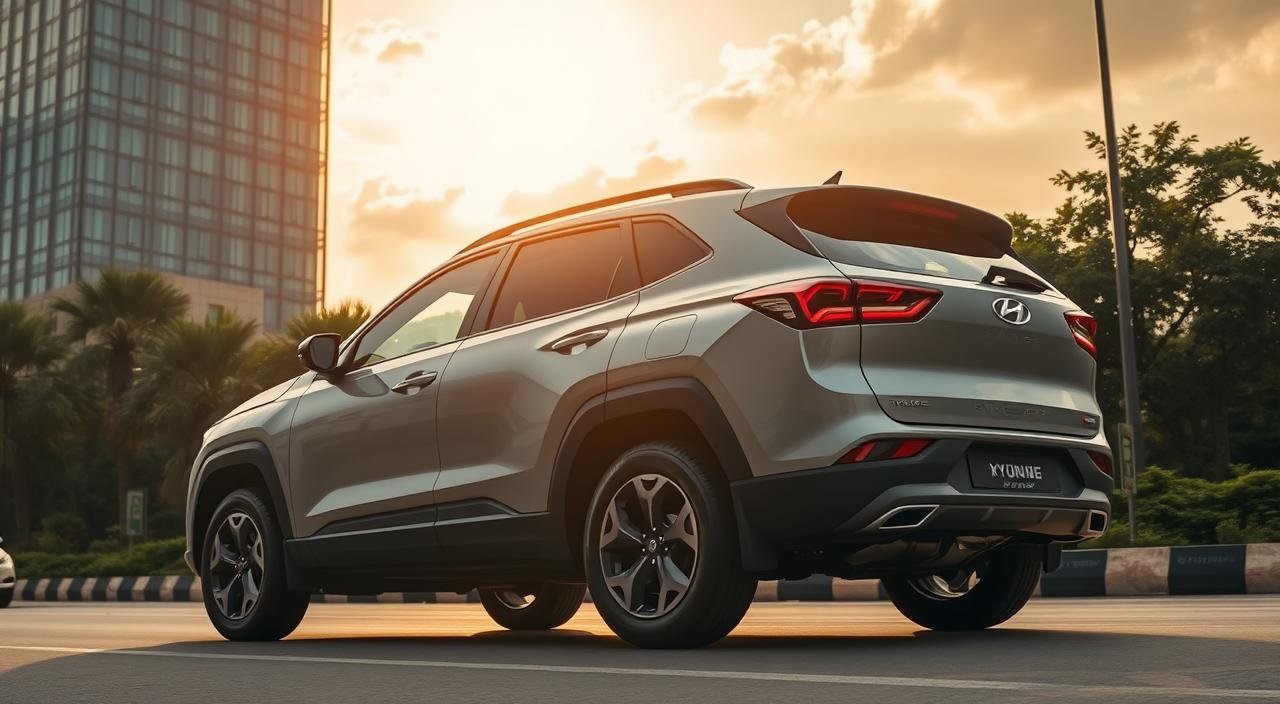
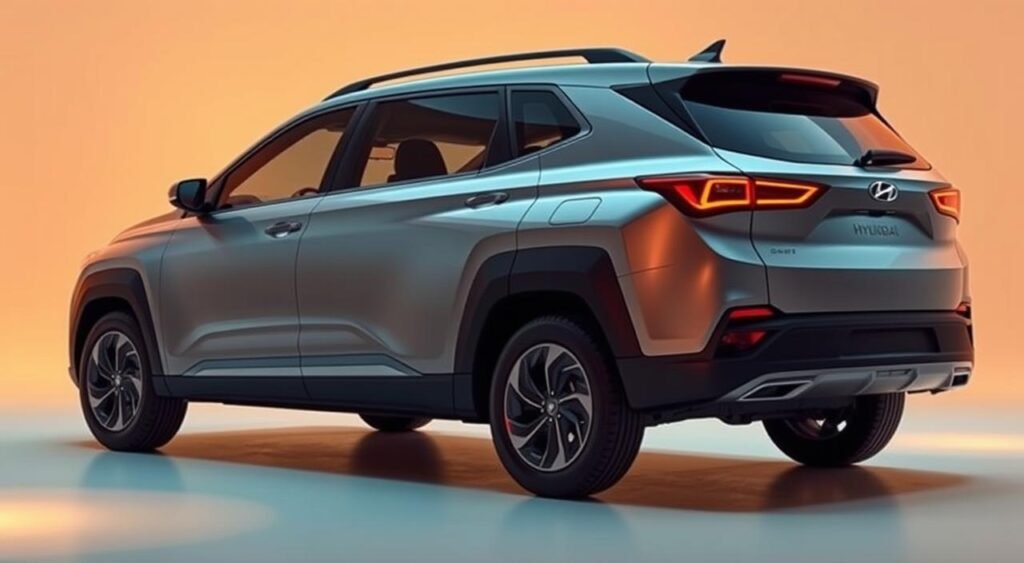
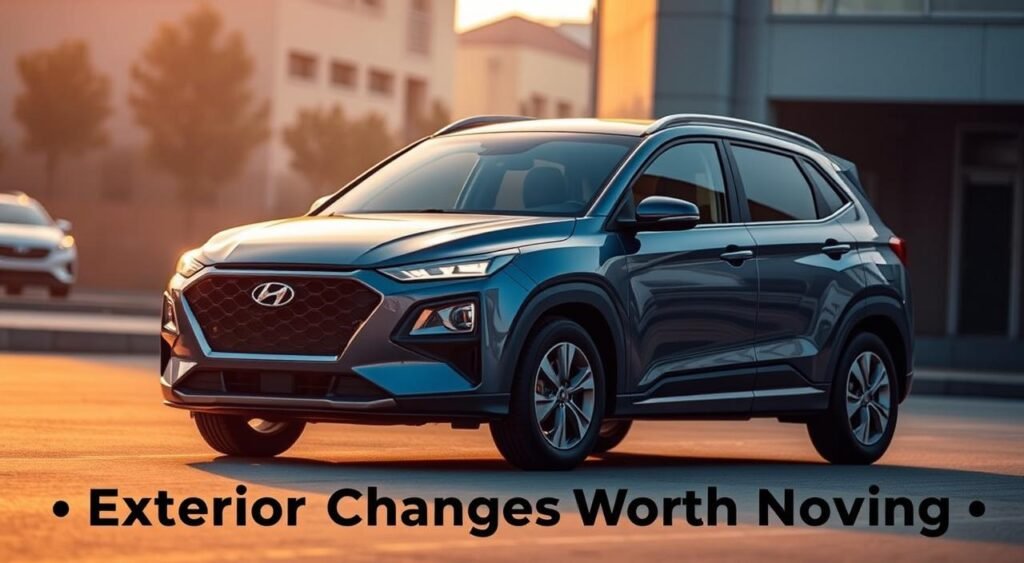
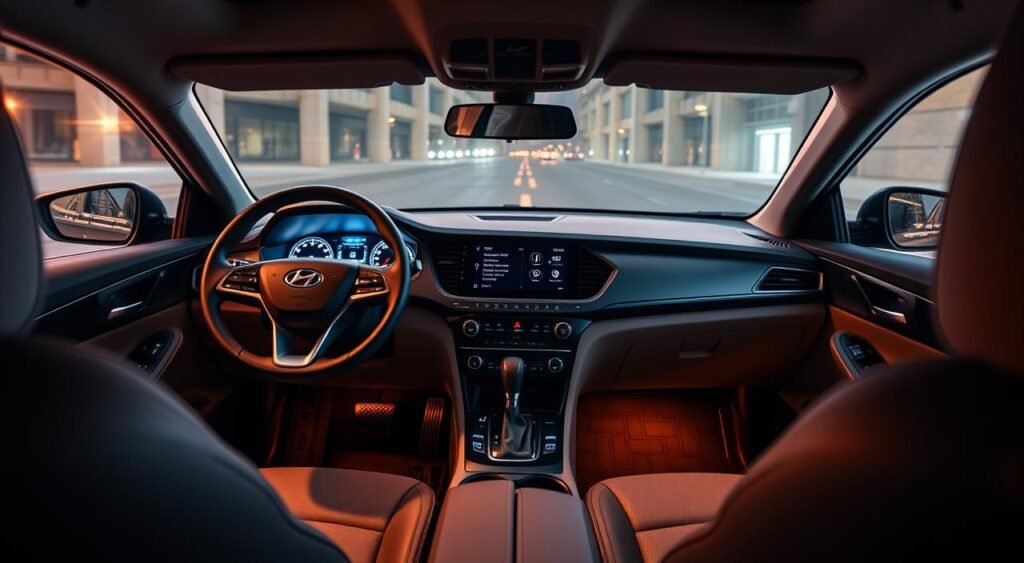
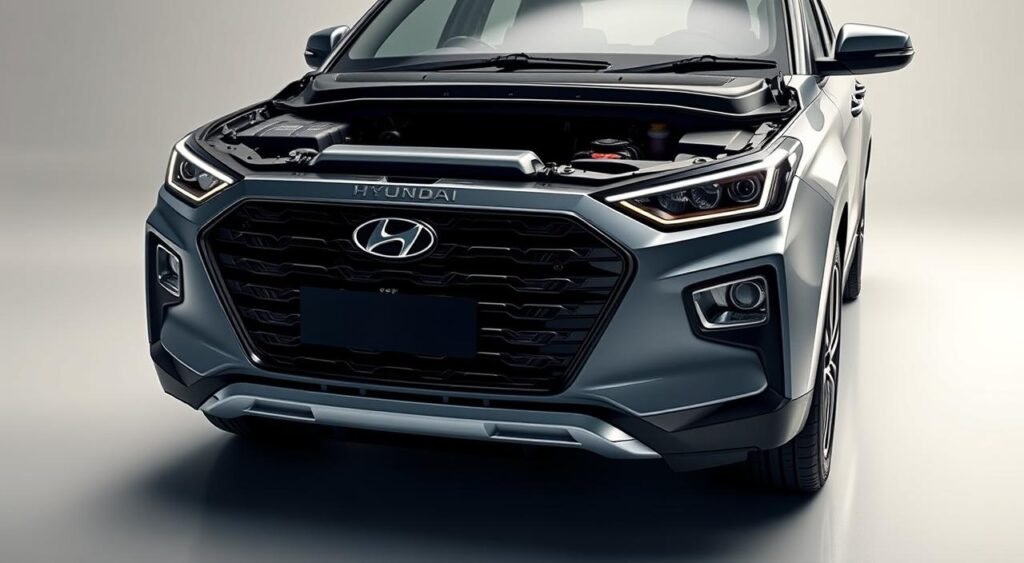

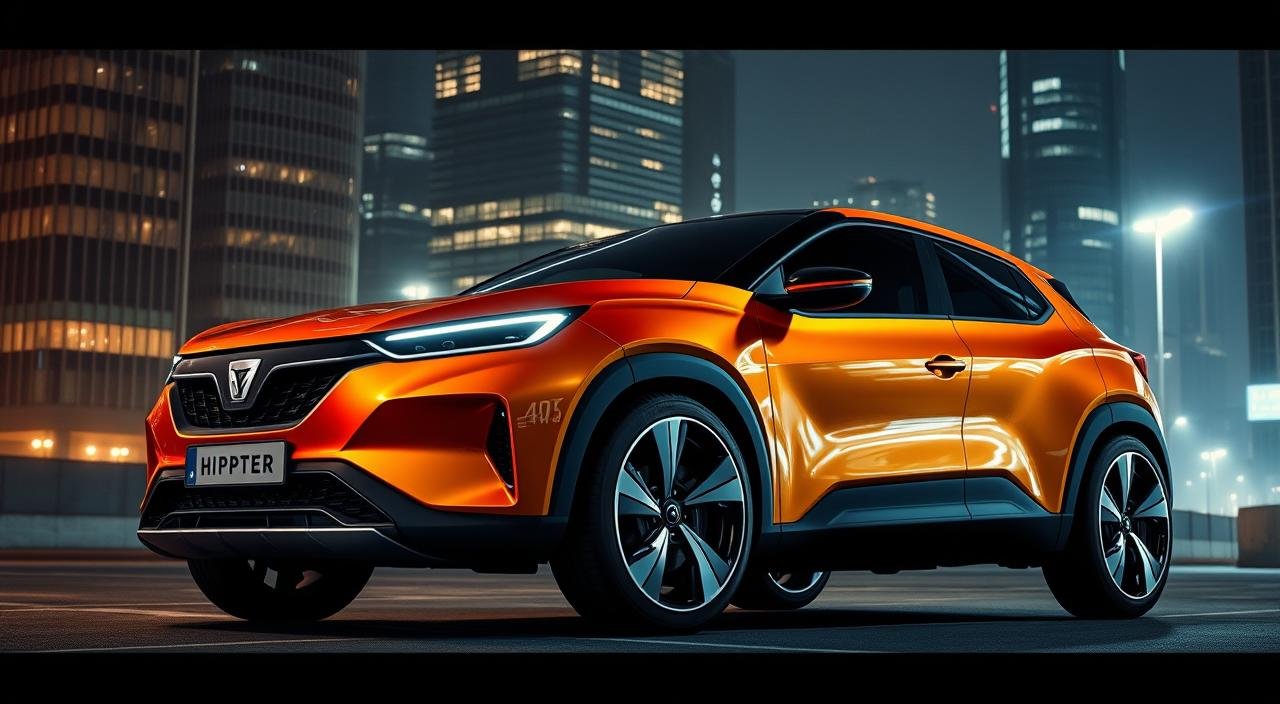
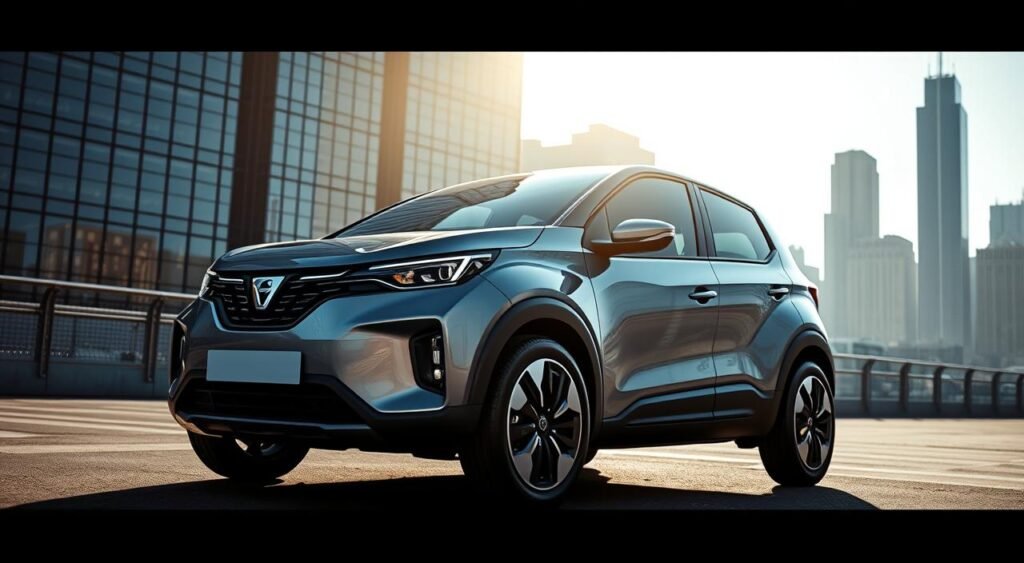
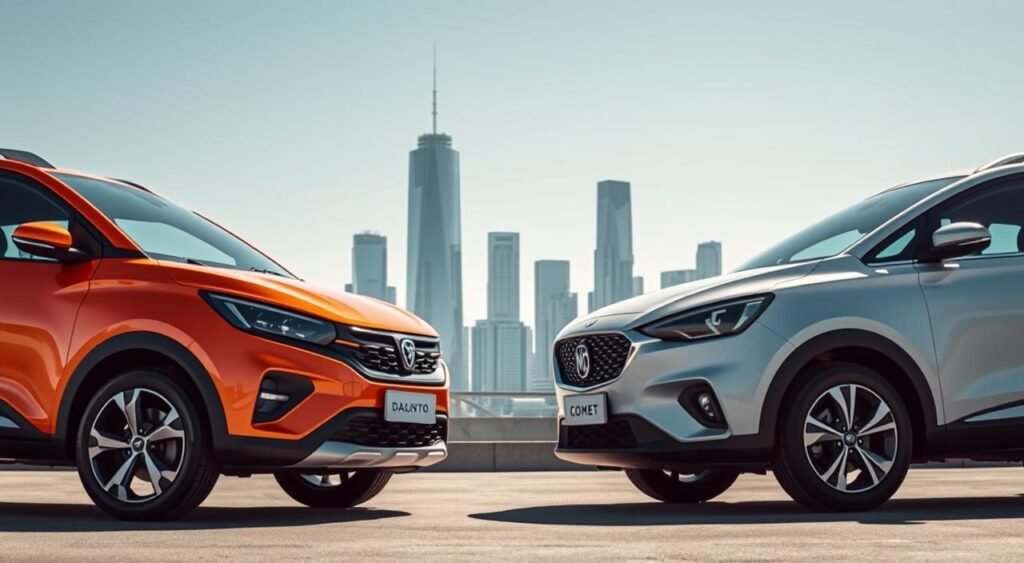
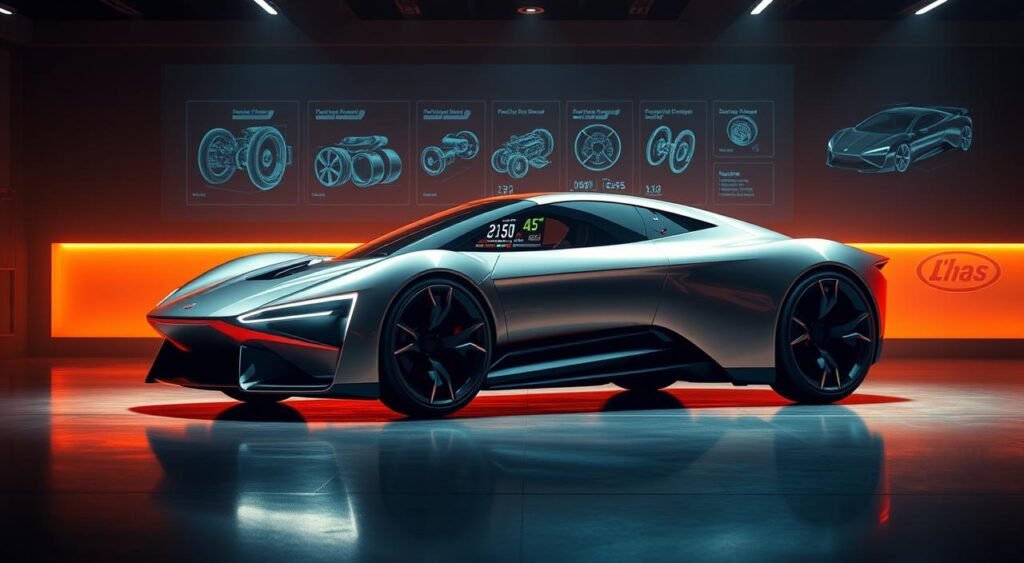
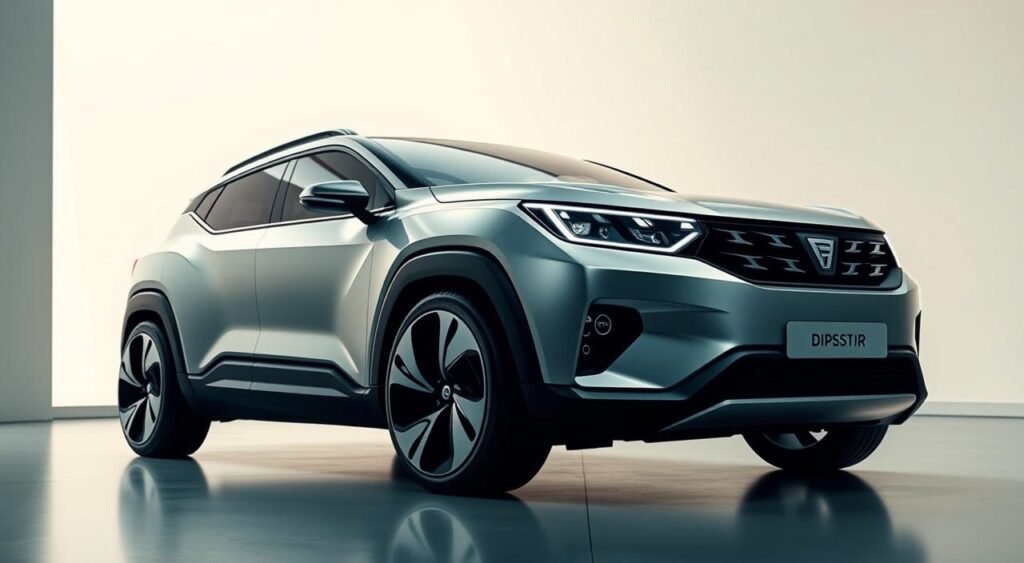
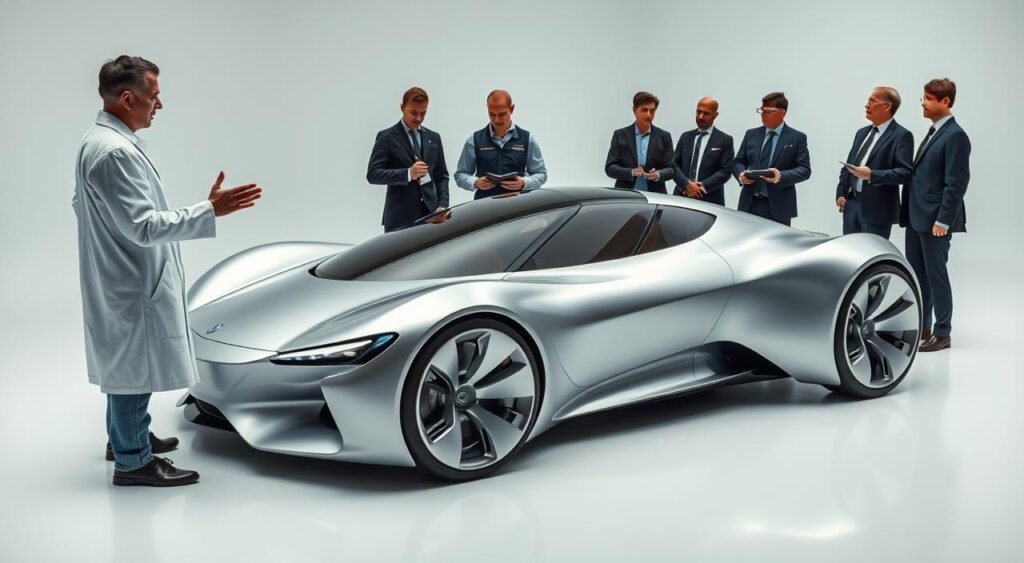
![Kia Carens Clavis EV Adds Two New Trims – HTX E & HTX E [ER]!](https://buyautomobile.in/wp-content/uploads/2025/10/Kia-Carens-Clavis-EV-Adds-Two-New-Trims-–-HTX-E-HTX-E-ER.jpeg)
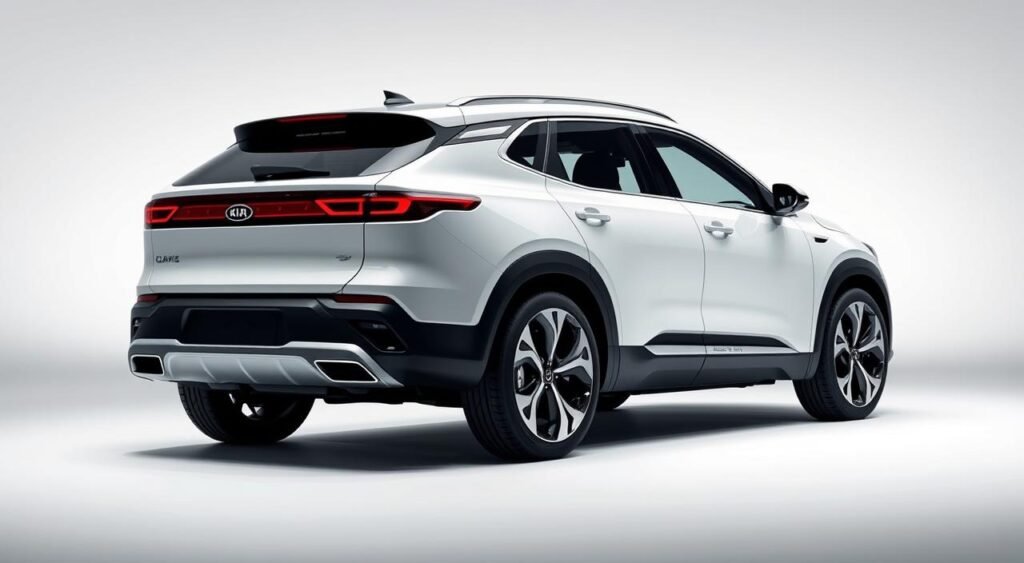
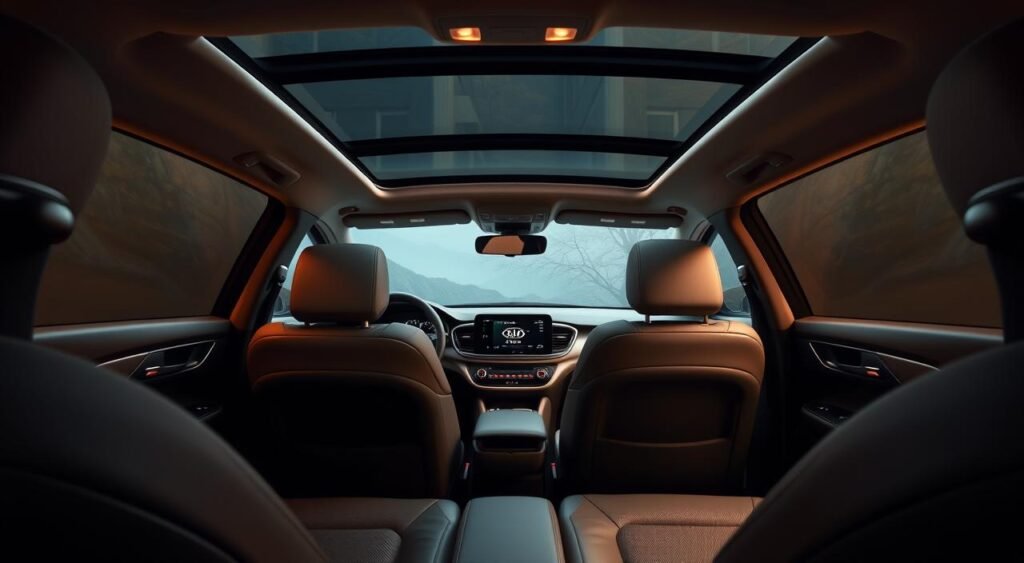
![HTX E [ER] Trim charging port HTX E [ER] Trim charging port](https://buyautomobile.in/wp-content/uploads/2025/10/HTX-E-ER-Trim-charging-port-1024x563.jpeg)
